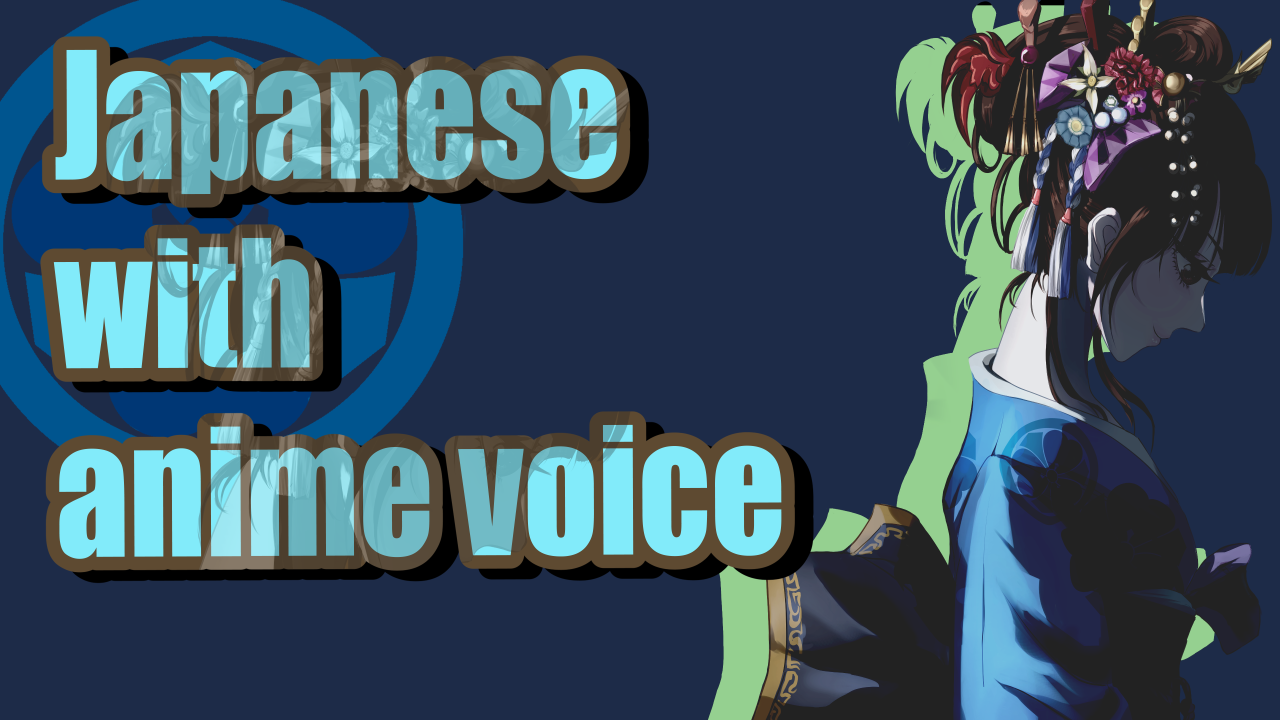Japanese with anime voice: episode30
Hello, I’m Sachi.
12 April, today is Bread Day. On the 4th of this month, I introduced it as Anpan Day, but today, the 12th, is the day that the bread itself was baked for the first time in Japan. In honour of this, this day has been designated as Bread Day. And not only on 12 April, but apparently the 12th of every month is designated as Bread Day. So on the 12th, there are special sales in some supermarkets. This is good information.
I think bread is certainly delicious. It’s certainly delicious, but I’m more of a rice person. Bread, for me, is not good for 腹持ち (haramochi). 腹持ち (haramochi) means whether you are easily hungry or not.
腹持ちがいい (Haramochi ga ii) means that you are not hungry for a long time, while 腹持ちが悪い(haramochi ga warui) means that you have only been eating for about two hours and you are already hungry. Yeah, bread, I don’t eat much them, because in my opinion haramochi is bad.
However, Mornings are usually a bread menu, so I do eat when that happens. Morning is a coffee shop culture mainly in the Tokai region of Japan, where if you order a drink in the morning, breakfast is included free of charge. Of course, you only pay for the drink. Most of the Mornings are bread-based. I think it would be nice to have onigiri Mornings. I’d like onigiri Mornings to be popularised.
Onigiri are really wonderful food. Nowadays, things with various ingredients are popular, and dried plums, salmon and kelp are mainstream, but onigiri are delicious without them. Even without those ingredients, it’s delicious enough with just salt and nori. It’s just rice, but it’s a strange food that tastes best when it’s made into a onigiri, seasoned only with salt. I like nori seaweed, so I recommend onigiri wrapped in nori seaweed, but it is also delicious without nori seaweed, even if it is a salted nigiri.
Even if we don’t feel like eating a bowl of rice, for some reason, we can eat it if it is an onigiri. I think many children also like onigiri. It’s just that the rice in the bowl has changed to nigiri. It’s a mystery, isn’t it?
I did some research on onigiri nutrition and found that rice grains are digested and absorbed slowly. That’s why 腹持ち (haramochi)i is good because the energy is absorbed continuously. And if you’re having onigiri for lunch, you have a bit of free time before you eat that onigiri, don’t you? This increases the amount of resistant starch, which has the same function as dietary fibre, and is said to further improve the 腹持ち (haramochi). I talked about 腹持ち (haramochi) at the beginning of this episode, but rice, even if you just eat it normally, you are less likely to be hungry afterwards. And if you make it into onigiri and eat it, the 腹持ち (haramochi) gets even better, for the reasons I explained earlier.
Incidentally, onigiri is translated as ‘rice ball’ in English, but I would like people to remember onigiri as a proper noun. Just like sushi is a proper noun, I think it is better to use the Japanese word onigiri as it is. The word ‘握る (nigiru)’ means to close the fingers of the hand and exert a bit of force, and it is called onigiri because it is made by holding the rice in the hand. So if you say ‘rice ball’, the meaning contained in ‘onigiri’ disappears. So, no matter what language other than Japanese is used to describe onigiri, I would like onigiri to be called onigiri.
In addition, although I did not know this, there is a theory that onigiri originated from ‘鬼斬り (oni giri)’, which means ‘to ward off evil’. 鬼斬り (oni giri) means “to slay an demon with 刀 (katana)”, and to put it in a simpler way, it is like 鬼滅の刃 (kimetsu no yaiba (English title: Demon slayer)) in the anime. So, in order not to lose the original meaning, I want you to remember onigiri as a proper noun called onigiri.
It’s Bread Day, but I’ve talked passionately about onigiri. I hope you can think of it as soul food for Japanese people. Oh, yes, and also, in the episode I released on the 4th, I talked about how different people have different likes and dislikes for the same food, depending on its texture. Onigiri also have that kind of thing. Precisely because of the texture of the nori seaweed that wraps the onigiri, people’s preferences differ. This can be divided between パリパリ (paripari) and moist preferences. パリパリ (paripari) is the original texture of the nori plate, which is dry and easily broken or torn. Moist is the state in which the seaweed becomes soft and fits into the onigiri after it has been moistened. This is another food that divides tastes in terms of texture. I like them both. If I had to say, I prefer the moist one because it has a stronger flavour of nori seaweed. But I still like them both! Any kind of onigiri.


